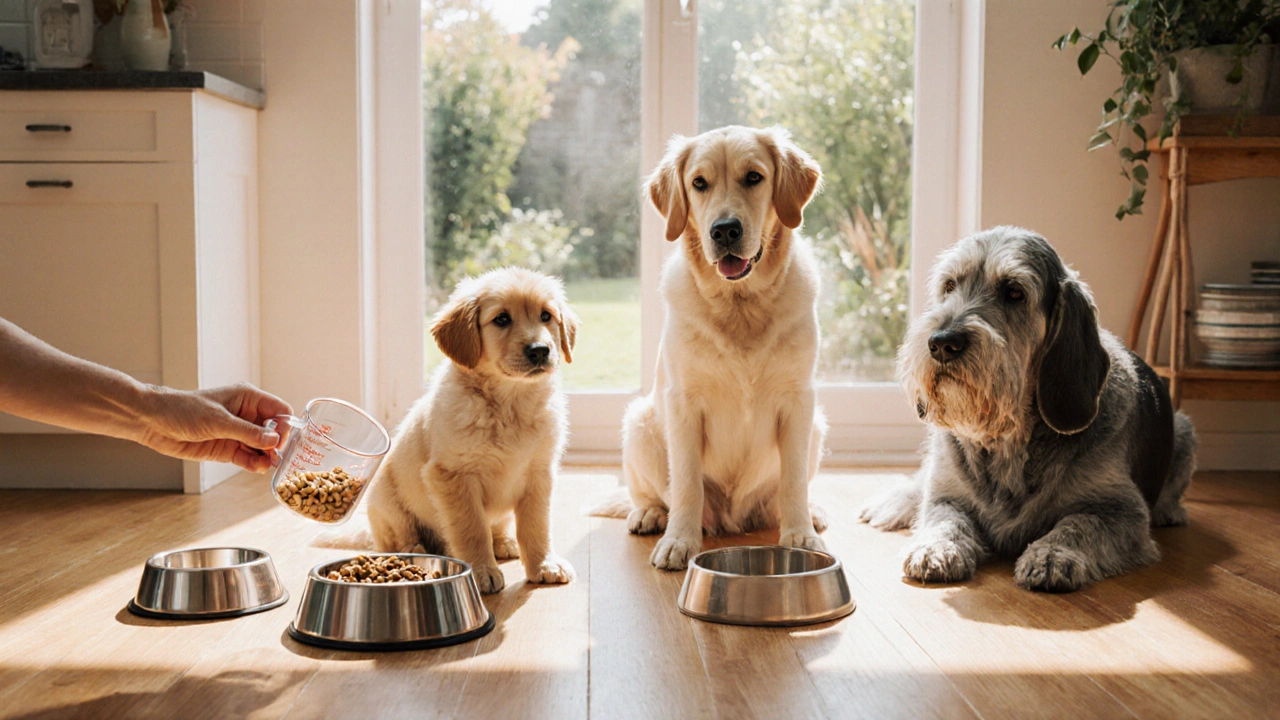How Many Meals a Day for Dog – Finding the Right Feeding Schedule
When figuring out how many meals a day for dog, the ideal feeding schedule hinges on breed, size, age and activity level. Also known as dog feeding frequency, it keeps pups healthy and energetic. Understanding dog nutrition, the balance of protein, fat and carbs a dog needs daily and dog age, the life stage from puppy to senior that drives calorie needs are the two biggest factors.
Feeding frequency directly influences how many meals a day for dog should be served. Puppies, for example, have fast metabolisms and tiny stomachs, so they thrive on three to four small meals spread across the day. That setup supports steady blood‑sugar levels and steady growth. In contrast, adult dogs with lower activity often do just two meals. The shift from multiple meals to fewer meals is a classic dog age → feeding frequency relationship.
Key Factors That Shape Meal Count
First, dog size, the weight class from toy to giant breed matters. Larger breeds burn more calories and usually need larger portions, but they often handle two solid meals just fine. Smaller breeds, however, may benefit from splitting their daily calories into three meals to avoid low blood sugar. Second, dog activity level, how much exercise and play a dog gets each day can add or subtract meals. High‑energy dogs that jog, hike or work may need an extra mid‑day snack to keep stamina up, while couch‑potato dogs stay satisfied with two meals.
The third piece is dog health conditions, issues like diabetes, obesity or gastrointestinal disorders. A vet may prescribe multiple small meals to smooth out glucose spikes or to aid digestion. In those cases, the rule "two meals for adults" bends to medical advice. Finally, the type of food matters. Dry kibble releases energy slower than wet or raw diets, so dogs on kibble often do well with fewer meals, whereas wet or raw meals may be broken up to avoid a bloated stomach.
Putting these pieces together creates clear semantic links: dog size → portion size, dog activity level → meal frequency, and dog health conditions → feeding adjustments. Those connections help you decide whether three meals a day make sense for a 20‑lb terrier with high energy, while a 70‑lb senior lab might stay comfortable on two meals.
Practical tips make the theory easier to act on. Start by checking the calorie recommendation on your dog's food label. Divide that number by the number of meals you plan to serve. Use a kitchen scale to measure each portion precisely. If you shift from three to two meals, gradually increase each serving over a week to let the gut adapt. Keep fresh water available at all times, especially when you reduce meal count, because dogs may drink more between meals.
Remember that consistency is crucial. Dogs thrive on routine, so feed at the same times each day. If you travel or your schedule changes, try to match the original timing as closely as possible. Maintaining a feeding log—date, time, amount, and any noticeable behavior—helps spot patterns. Over time you’ll see if a dog is gaining weight, staying level, or losing too much, letting you tweak the meal count or portion size.
Below you’ll find a curated set of articles that dive deeper into each factor: airline travel with dogs, snack ideas for long flights, pumpkin side effects, and more. Whether you’re a new puppy parent or a seasoned senior‑dog owner, the posts ahead give you actionable insight to fine‑tune the perfect feeding schedule for your four‑legged friend.
Posted By Bryndle Redding On 16 Oct 2025 Comments (0)
How Often Should You Feed Your Dog Each Day?
Learn the right number of meals to feed your dog each day based on age, size, activity and food type, plus practical tips, calorie formulas, and common pitfalls.
READ MORE